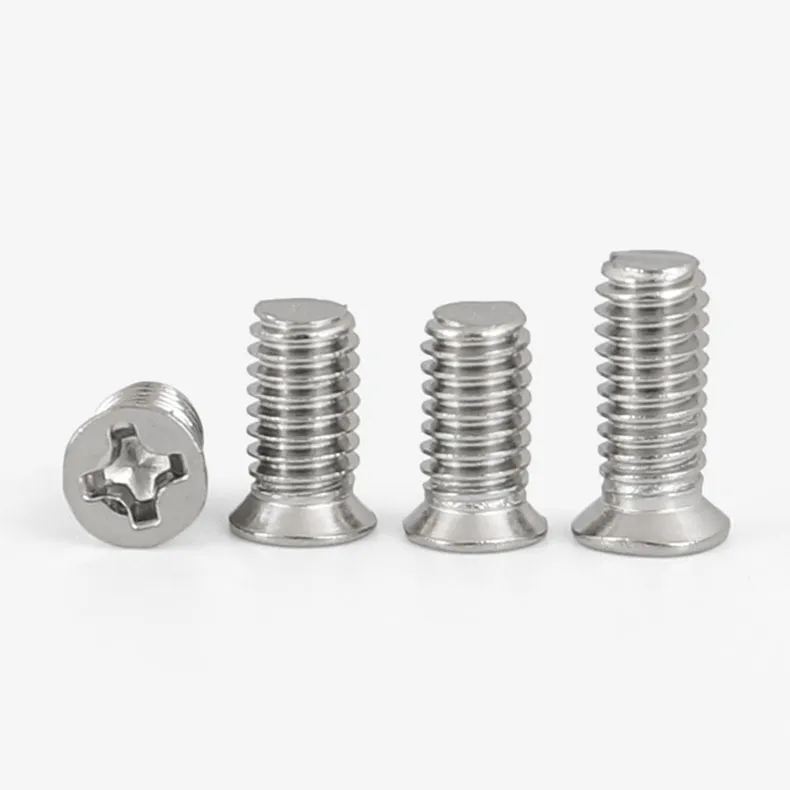

Installation of Solar Panel Mounting Brackets for Secure and Efficient Energy Generation
Nov . 04, 2024 11:35 Back to list
Installation of Solar Panel Mounting Brackets for Secure and Efficient Energy Generation
Understanding Solar Panel Fixing Brackets
As the world increasingly shifts towards renewable energy sources, solar energy has emerged as a leading option for both residential and commercial energy needs. One essential component in the installation of solar panels is the fixing bracket. These brackets are crucial for securely mounting solar panels on rooftops or the ground, ensuring stability and optimal performance. This article explores the types, materials, and installation considerations of solar panel fixing brackets, emphasizing their importance in a solar energy system.
Types of Fixing Brackets
1. Roof Mount Brackets These are specifically designed for mounting solar panels on the roof of a building. They come in various styles, including flush mounts, tilted mounts, and adjustable mounts. Flush mounts are used for flat roofs, while tilted mounts allow panels to be angled towards the sun for maximum exposure and efficiency. Adjustable mounts provide flexibility in positioning the solar panels to cater to changing sun angles throughout the year.
2. Ground Mount Brackets For those who may not have suitable roof space, ground-mounted solar panels offer an alternative. Ground mount brackets are typically sturdier than roof mounts, as they need to withstand greater environmental stressors. These systems can be fixed or adjustable, with the latter offering the added benefit of optimizing the angle throughout different seasons.
3. Pole Mount Brackets These are ideal for elevated installations, allowing the solar panels to be mounted higher off the ground. Pole mounts can be fixed or rotating, where rotating mounts follow the sun's trajectory, maximizing energy capture throughout the day.
Materials Used in Fixing Brackets
The durability and effectiveness of solar panel fixing brackets are highly influenced by the materials used in their construction. Common materials include
- Aluminum Lightweight, corrosion-resistant, and strong, aluminum is a popular choice for solar panel brackets. This material is particularly advantageous in coastal areas where exposure to saltwater can lead to rapid corrosion.
- Stainless Steel Known for its exceptional strength and resistance to rust and corrosion, stainless steel brackets are often preferred in environments that undergo extreme weather changes or where durability is paramount.
solar panel fixing brackets

- Galvanized Steel For those seeking a cost-effective solution, galvanized steel brackets provide strong resistance against rust due to their protective zinc coating. However, they may not perform as well as stainless steel or aluminum in harsh conditions.
Installation Considerations
Installing solar panel fixing brackets requires careful planning and execution to ensure the longevity and efficiency of the solar energy system. Here are some considerations
- Structural Integrity Before installation, it’s essential to assess the structural integrity of the surface, whether it’s a roof or the ground. Roof installations need to be mounted on strong rafters, while ground installations should be anchored securely to withstand wind and other forces.
- Correct Alignment Proper alignment of the solar panels is vital for maximizing sunlight exposure. Brackets must be installed at the right angle and position based on geographical location and season.
- Compliance with Codes Local building codes and regulations should always be adhered to during installation. It’s crucial to ensure that the chosen fixing brackets meet these standards to avoid future complications.
- Professional Installation While DIY installations can save money, hiring professionals ensures that the brackets are installed correctly and safely. Professionals also have the expertise to select the right type of bracket for specific needs.
Conclusion
In conclusion, solar panel fixing brackets play an integral role in the functionality and efficiency of solar energy systems. By understanding the different types, materials, and installation considerations, homeowners and business owners can make informed choices when installing solar panels. Ultimately, choosing the right fixing brackets not only enhances the durability of the solar installation but also contributes to the broader goal of harnessing renewable energy sustainably. As the demand for solar energy continues to grow, the importance of reliable and efficient mounting solutions will remain at the forefront of the solar industry.
Latest news
-
Premium Self Tapping Metal Screws: Strong & Easy Install
NewsAug.02,2025
-
Premium Fasteners Manufacturer | AI-Driven Solutions
NewsAug.01,2025
-
Hot Dip Galvanized Bolts - Hebei Longze | High Strength, Corrosion Resistance
NewsAug.01,2025
-
High-Strength Hot Dip Galvanized Bolts - LongZe | Corrosion Resistance, Custom Sizes
NewsAug.01,2025
-
Best Self Tapping Screws for Drywall - Fast & Secure Installation
NewsJul.31,2025
-
High-Strength Hot Dip Galvanized Bolts-Hebei Longze|Corrosion Resistance&Customization
NewsJul.31,2025

